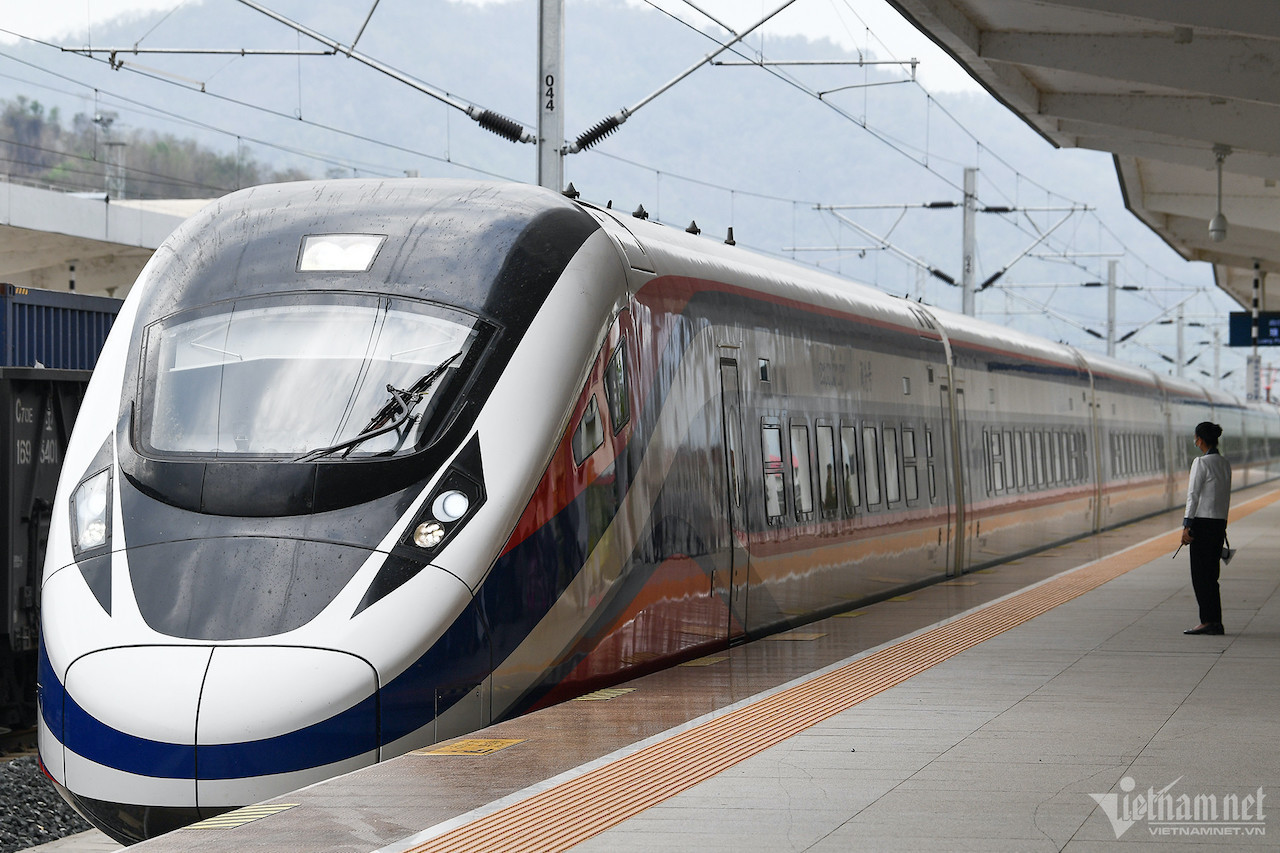According to the Ministry of Transport, the North-South high-speed rail project is crucial for developing a sustainable, modern, and environmentally friendly transportation system. This project will help reduce traffic accidents, cut pollution, and enhance climate resilience.
Citing research from the International Union of Railways, the Ministry of Transport noted that high-speed rail is a sustainable, safe, and eco-friendly mode of transportation that conserves resources. Moreover, since most of the railway is designed to be elevated, it effectively addresses climate challenges and minimizes the disruption of communities.
“The electric-powered high-speed rail is an optimal solution for transitioning transportation to achieve net-zero emissions by 2050,” a ministry representative stated.

Experts emphasize that electrification could significantly cut the carbon emissions produced by rail transport compared to current diesel-powered trains.
As countries worldwide commit to reducing greenhouse gas emissions, electric railways are setting the standard for sustainable transport.
Electric trains offer additional benefits such as greater operational efficiency, lower maintenance costs, and long-term energy savings. They are also quieter, providing a smoother travel experience, which may attract more passengers.
Crucially, electrification lays a foundation for future growth and innovation. As Vietnam’s economy continues to expand and trade volume increases, an electrified railway network will be well-positioned to handle larger cargo loads and higher-speed trains.
Vietnam Railways Corporation CEO Hoang Gia Khanh highlighted that rail transport is a key mode of transportation. Compared to other modes, rail offers advantages in terms of high-capacity freight transport, safety, and average costs. The projected demand for goods transport on the North-South line by 2050 exceeds 18.2 million tons per year, with 122.7 million passenger trips.
High-speed rail, once operational, will play a crucial role in integrating five major modes of transportation: road, rail, maritime, aviation, and inland waterway, along the North-South corridor.
“This integration leverages each mode’s strengths, optimizes transportation systems, reduces logistics costs, and enhances the economy’s competitiveness. When freight transport becomes more efficient, faster, and cost-effective, it contributes to socioeconomic development,” Khanh added.
One of high-speed rail’s major strengths is safety, similar to Japan’s Shinkansen, which has operated since 1964 without a single accident over 60 years. High-speed rail systems worldwide follow similar safety standards. Notably, travel times on high-speed railways are precise to the minute.
“Another advantage is passenger comfort. These trains offer spacious cabins, making it easy to move around during travel. Additionally, electric-powered high-speed rail is environmentally friendly, reducing emissions,” Khanh said.
Under the 2021-2030 Railway Network Plan with a vision to 2050, Vietnam’s railway network will consist of 25 lines spanning approximately 6,354 kilometers, including 7 existing lines and 18 new lines. The North-South corridor will feature three routes: Hanoi - Dong Dang, the North-South high-speed rail, and Ho Chi Minh City - Can Tho.
The North-South high-speed railway, spanning about 1,541 kilometers, will start from Ngoc Hoi Station in Hanoi and end at Thu Thiem Station in Ho Chi Minh City. It is classified as a national priority project with plans to begin investment before 2030.
N. Huyen